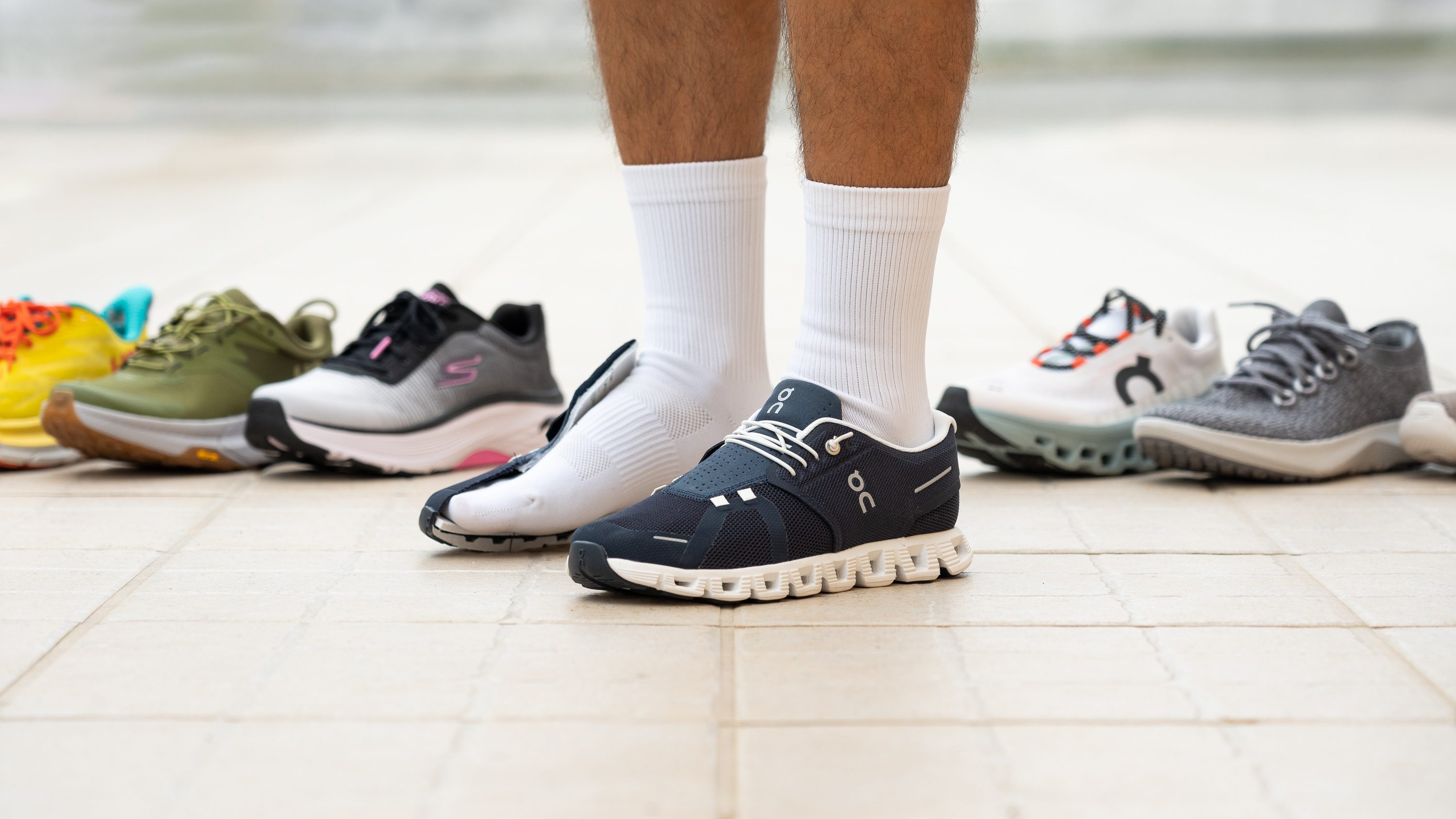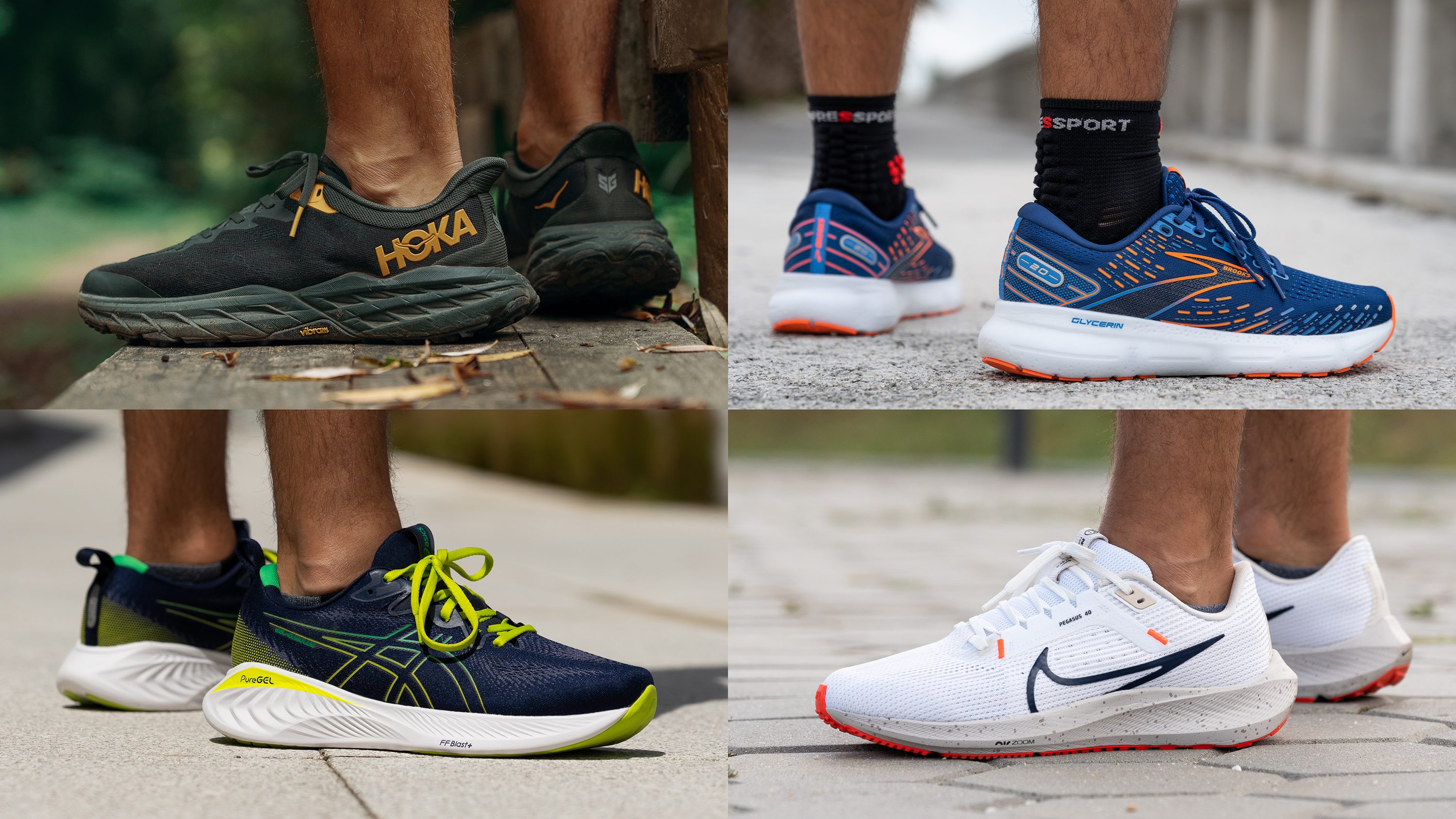The Ultimate Guide to the Best Shoes for Walking
Walking is one of the most underrated forms of exercise. It’s simple, accessible, and can be done almost anywhere. However, to truly maximize the benefits of walking, it’s crucial to have the right footwear. The best shoes for walking aren’t just about comfort; they are designed to support your feet, reduce the risk of injury, and enhance your overall walking experience. This guide will delve into what makes a shoe ideal for walking, providing you with the knowledge to make an informed decision.
Understanding the Anatomy of a Walking Shoe
A good walking shoe should be more than just a comfortable slip-on. It needs to address the specific demands of walking, which differ from those of running or other activities. According to biomechanics experts, a walking shoe should have a flexible forefoot, a cushioned midsole, and a stable heel. The flexible forefoot allows for natural toe-off, which is essential for efficient walking. The cushioned midsole provides shock absorption, reducing the impact on your joints. Lastly, the stable heel prevents excessive inward rolling of the foot, a condition known as overpronation, which can lead to injuries.

Key Features to Look for in Walking Shoes
When shopping for the best shoes for walking, there are several key features you should consider. First, the shoe should have a breathable upper material, such as mesh, to keep your feet cool and dry. Second, it should have a durable outsole with good traction to prevent slips and falls, especially on uneven surfaces. Third, the shoe should offer arch support, which is crucial for maintaining the natural alignment of your feet and reducing strain on your lower back. Lastly, the shoe should be lightweight, allowing for easy movement and reducing fatigue.

Top Brands and Models for Walking
Several brands are renowned for producing high-quality walking shoes. For instance, New Balance is known for its commitment to comfort and support, making it a popular choice among walkers. The New Balance 928v3 is a top-rated model that offers excellent stability and cushioning. Another notable brand is Brooks, which is favored for its innovative technology and biomechanical expertise. The Brooks Ghost 13 is a versatile shoe that provides a smooth and responsive ride, making it ideal for long walks.

The Science Behind Comfort and Support
The comfort and support provided by the best shoes for walking are not just a matter of opinion; they are backed by scientific research. Studies have shown that proper footwear can significantly reduce the risk of musculoskeletal injuries. For example, a study published in the Journal of Sports Sciences found that shoes with adequate cushioning and arch support can reduce the incidence of plantar fasciitis by up to 60%. Additionally, shoes with a flexible forefoot have been shown to improve gait efficiency, leading to less fatigue and more enjoyable walks.
:max_bytes(150000):strip_icc()/tal-walking-shoes-test-on-cloud-5-ashleigh-morley-01-f02f544a3dcf4b67b919b810eac77f09.jpeg)
Personal Experiences and Testimonials
Many walkers have shared their experiences with various shoe models, providing valuable insights into what works best. For instance, Jane Doe, a long-time walker, swears by the Asics Gel-Nimbus 22 for its plush cushioning and responsive feel. She notes, “These shoes have made my daily walks so much more enjoyable. I no longer experience any discomfort, and my feet feel great even after hours of walking.” Similarly, John Smith recommends the Hoka One One Bondi 7 for its maximal cushioning and stability, stating, “The Bondi 7 has completely transformed my walking routine. The cushioning is unparalleled, and it provides excellent support for my flat feet.”

Finding the Right Fit
One of the most critical aspects of choosing the best shoes for walking is finding the right fit. A shoe that is too tight can cause blisters and discomfort, while a shoe that is too loose can lead to instability and falls. It’s essential to try on shoes later in the day when your feet are at their largest, as feet tend to swell throughout the day. Additionally, you should walk around the store in the shoes to ensure they feel comfortable and provide adequate support. Remember, the right fit is not just about length; it’s also about width and depth, ensuring that your toes have enough room to move freely.
Conclusion
Investing in a good pair of walking shoes is one of the best decisions you can make for your health and well-being. The best shoes for walking are those that provide comfort, support, and durability, all while being lightweight and breathable. By understanding the key features to look for and considering personal experiences and scientific research, you can find the perfect pair of shoes to enhance your walking experience. So, lace up your shoes and hit the pavement—your feet will thank you.
